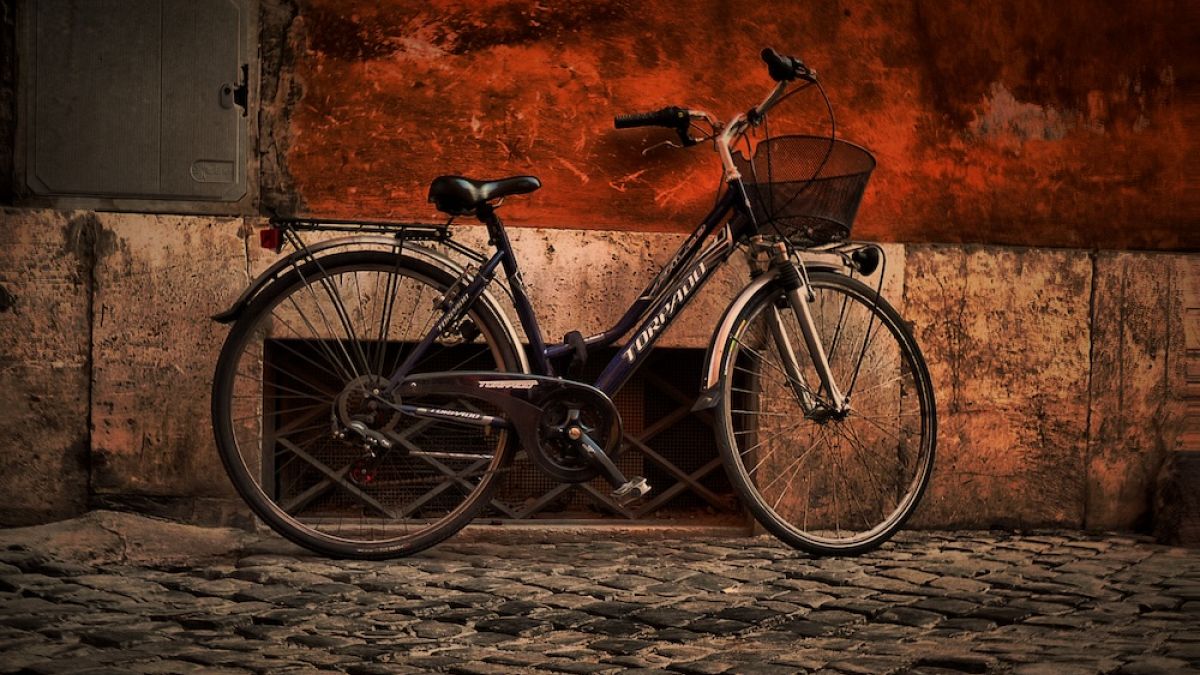& Fanuel Morelli
Published on
As part of the European Green Deal, Europe hopes to become climate neutral by 2050.
Sustainable transport is one of the cornerstones of Europe’s green transition, alongside the shift away from fossil fuels.
However, making cities less reliant on motor vehicles isn’t just beneficial for the environment, it also helps protect public health.
World Bicycle Day, celebrated globally on 3 June, highlights the benefits of using a bike as a sustainable means of transport.
As far as eco-friendly transport goes, cycling is difficult to beat. But in order to encourage people to opt for a bycicle, it is crucial that the necesseary infrastructure, such as urban cycle route networks, is in place.
The urban cyclists’ association, Save Cyclists in Rome, which advocates for the safety and rights of the cycling community, regularly monitor city policies on cycling infrastructure development.
Their focus includes the “Biciplan Programme,” a 154-page document outlining proposed interventions, which was launched by Rome’s Mayor Roberto Gualtieri.
As part of the plan, several projects are already underway, including the creation of several cycle paths.
However, according to Tommaso Grandi, of the Save Cyclists in Rome association, while the proposed plans look promising, “the reality on the ground is more complex.”
Obstacles remain for cyclists in Rome
“Much has been done both in terms of cycling kilometres and the number of urban cyclists. But there are also those who try to boycott cycling, which means that development is slower than in other big cities,” he said.
Grandi added that cyclists often face challenges caused by other road users, particularly motorists, who do not always comply with road rules.
The activist said double-parking and texting while driving are two major obstacles to cyclists in Italy and believes stricter law enforcement and increased checks are necessary for drivers.
“If a citizen from Amsterdam or Copenhagen were to visit Rome, they would find themselves completely disoriented,” Grandi said.
Other large metropolitan cities, such as Paris, have also ramped up the development of its cycling infrastructure in recent years.
“The reality is that all cities today should focus on bicycles as a means of everyday transport,” Grandi continued. According to him, “a coexistence between cyclists, pedestrians and motorists needs to be created.”
Grandi emphasised that while many people believe a car may get them to their location more quickly, cycling may be a faster mode of transportation in a city, particularly for short to medium distances.
“It is true that distances are long in Rome, but on average each trip does not exceed five-six kilometres,” he said.
“Among other things, the data tell us that the average speed by bicycle is much higher than by car, even taking into account the time lost looking for a parking space.”

